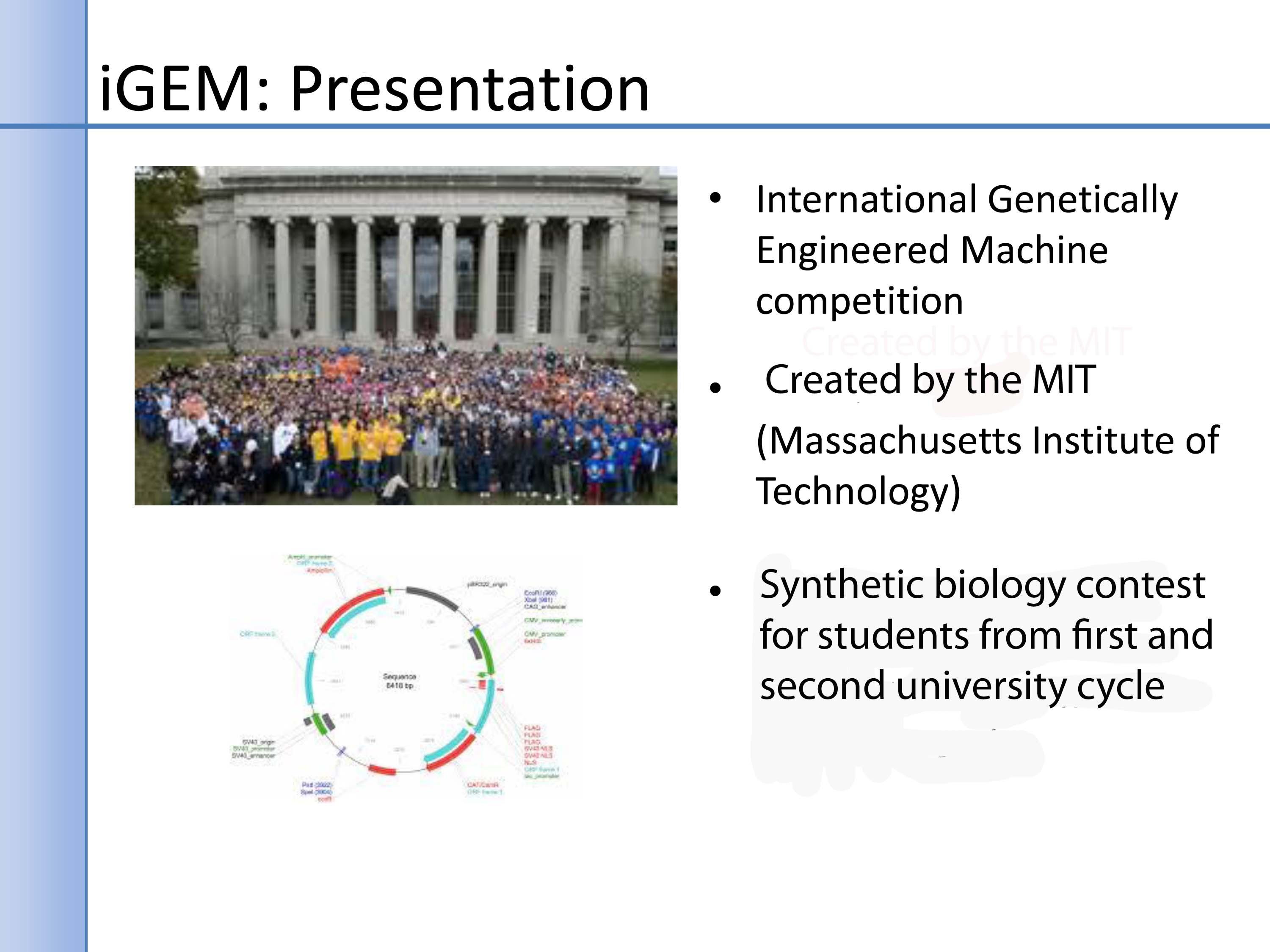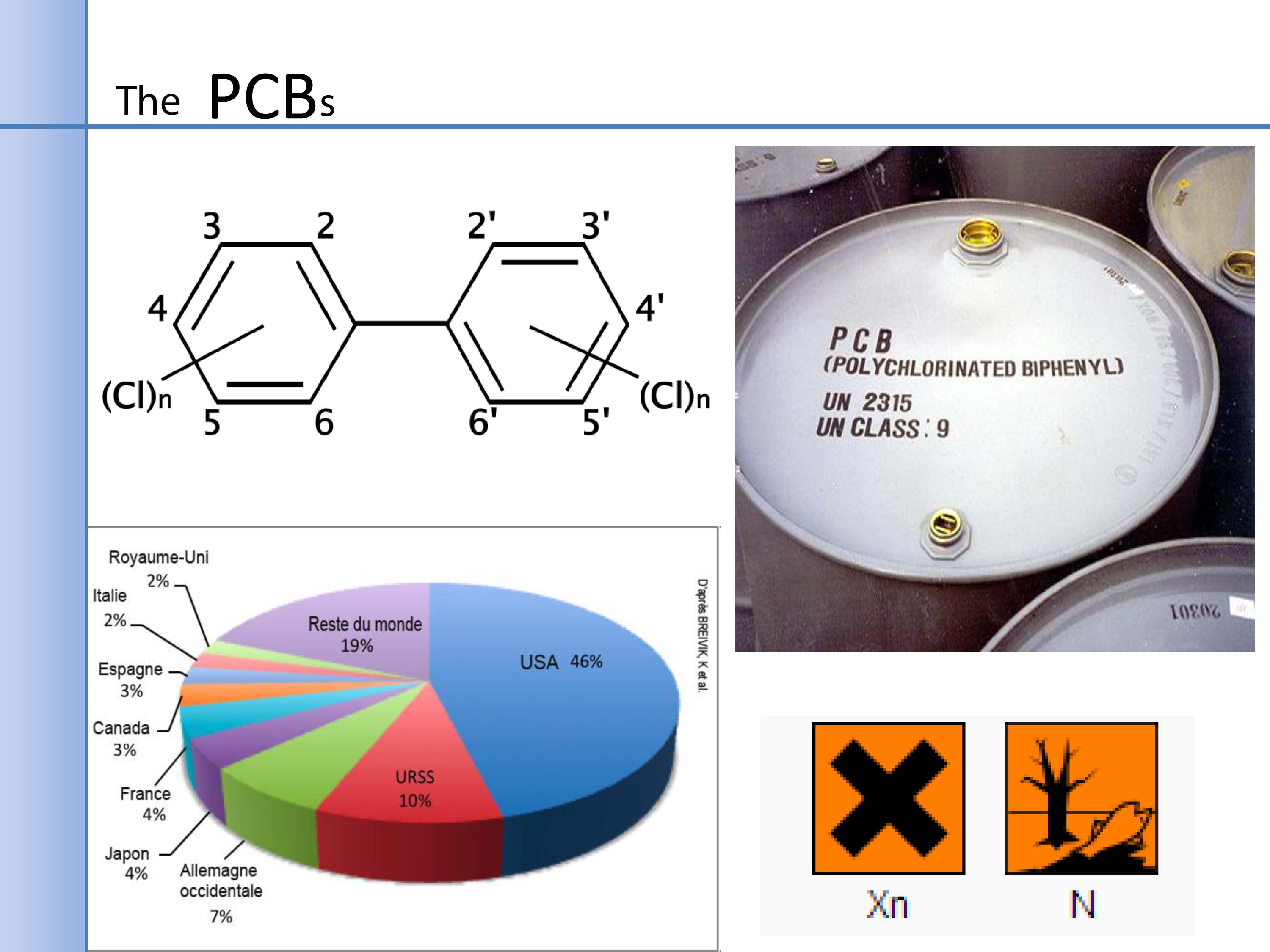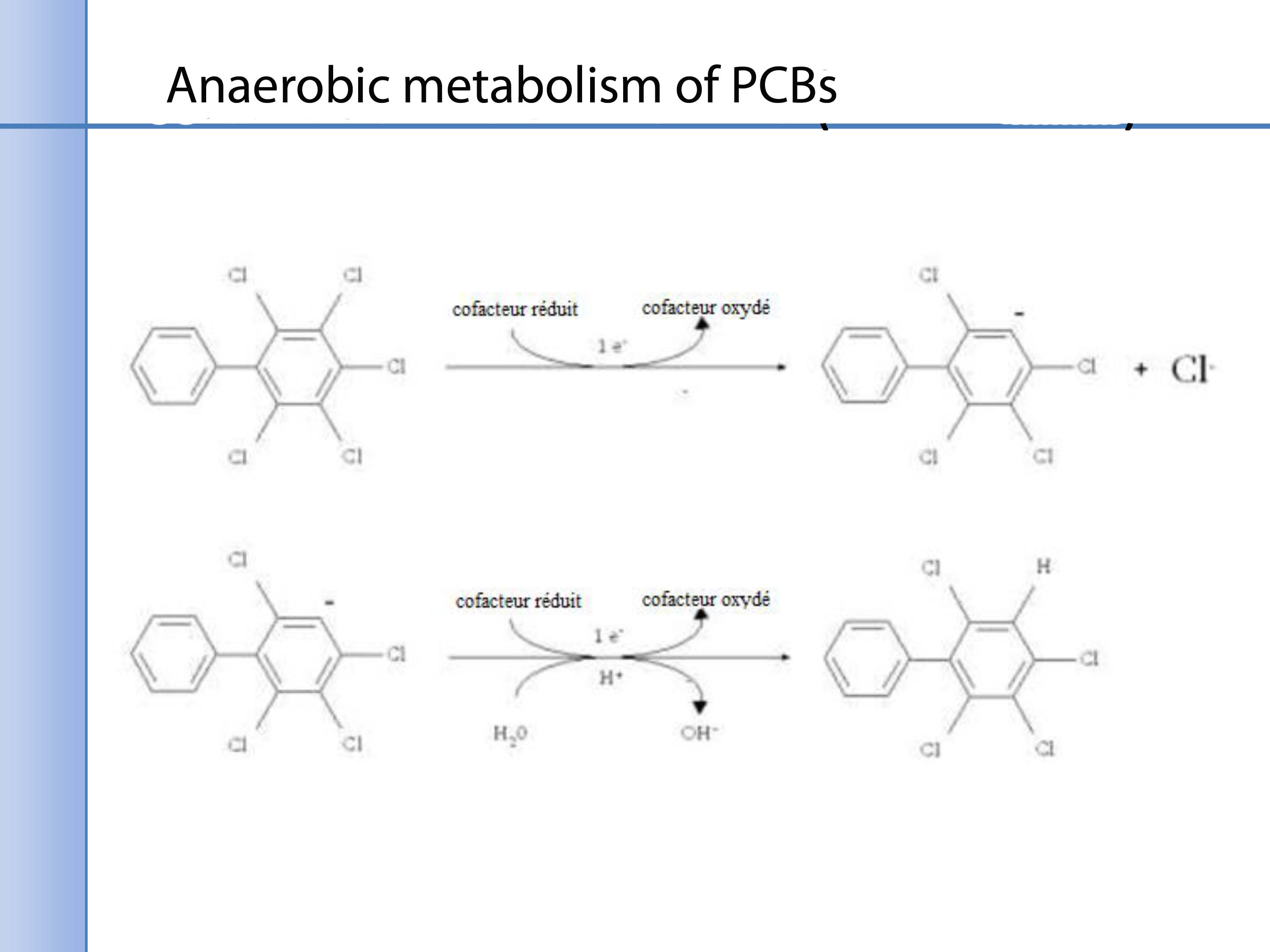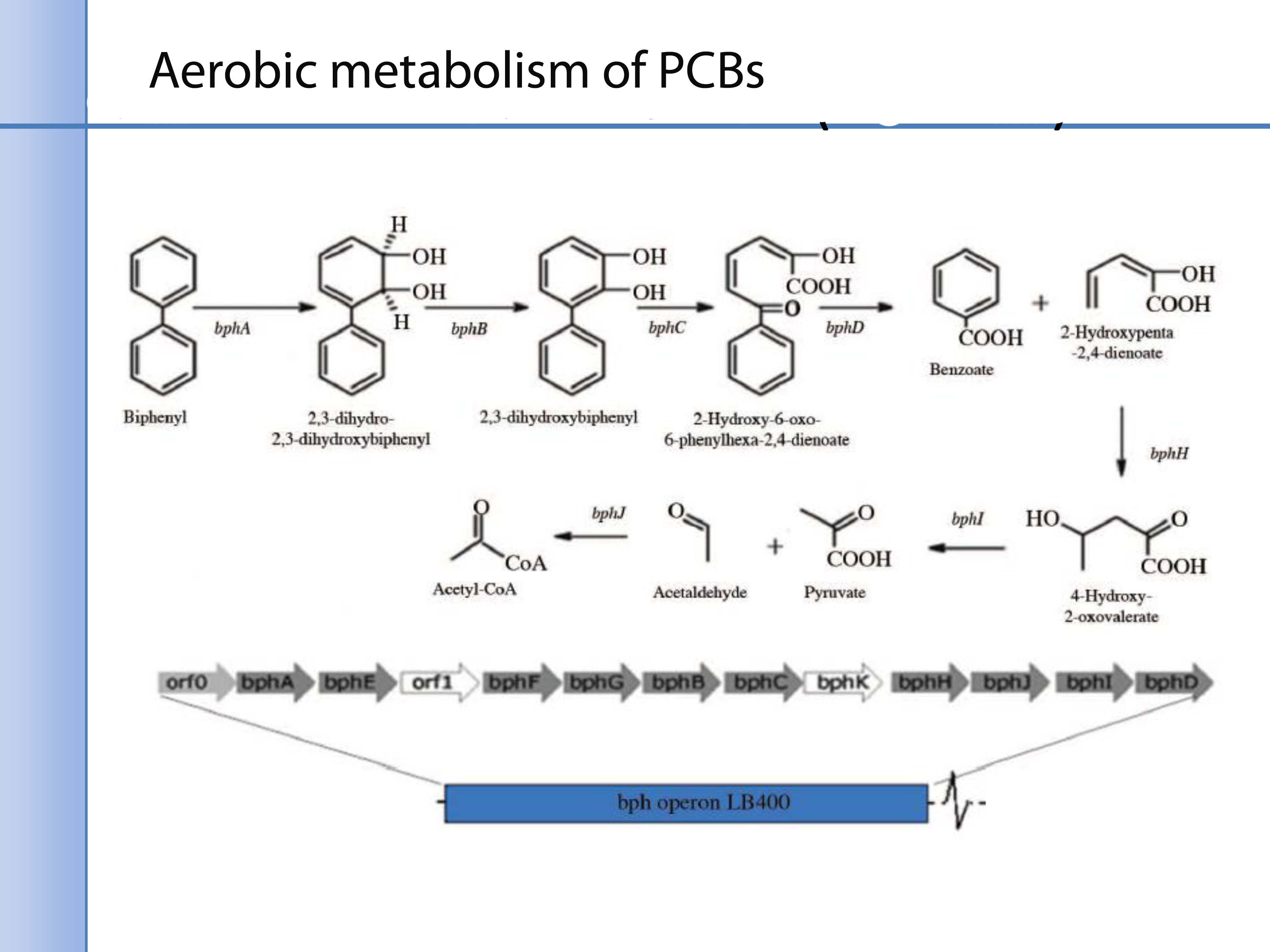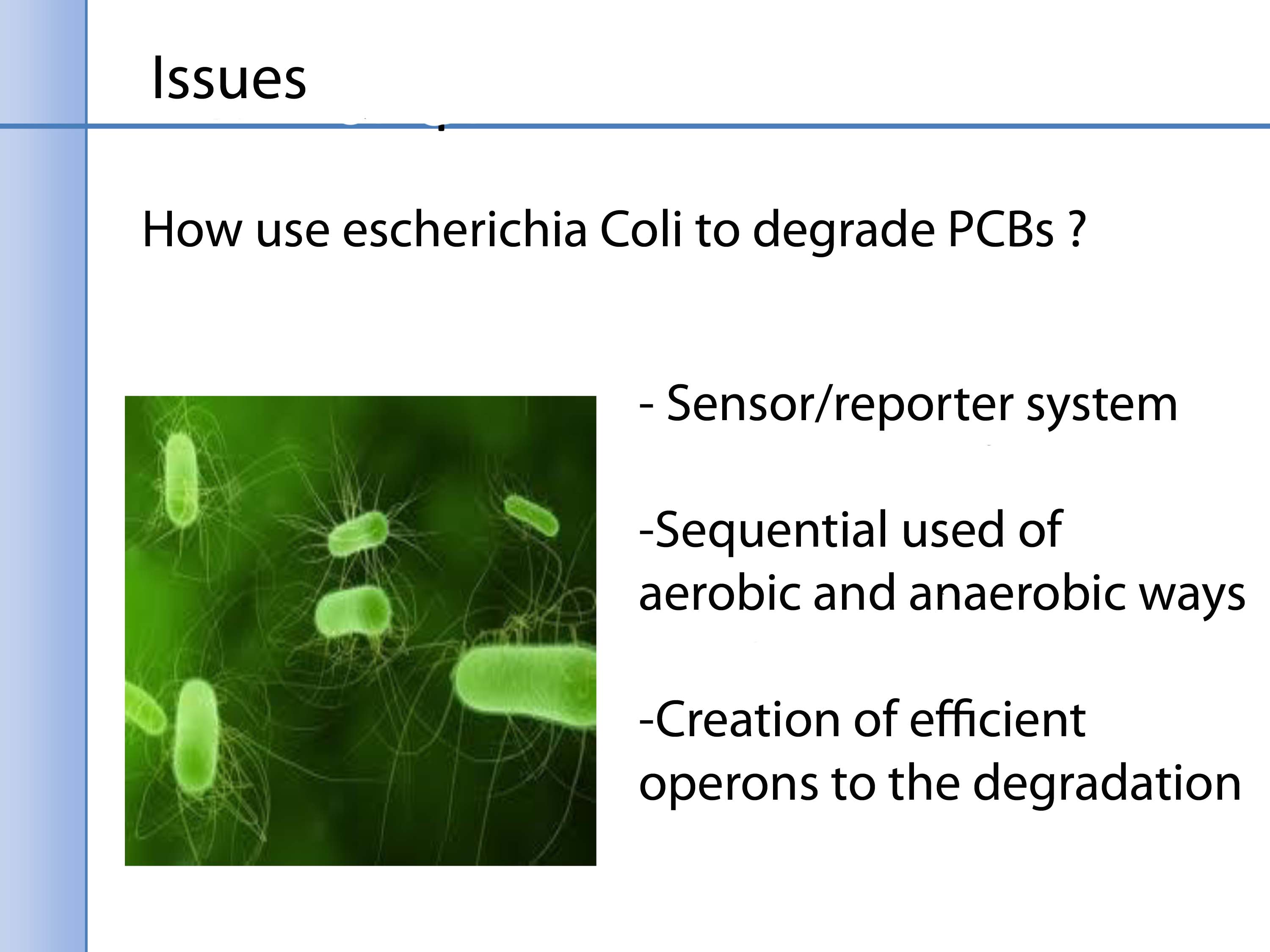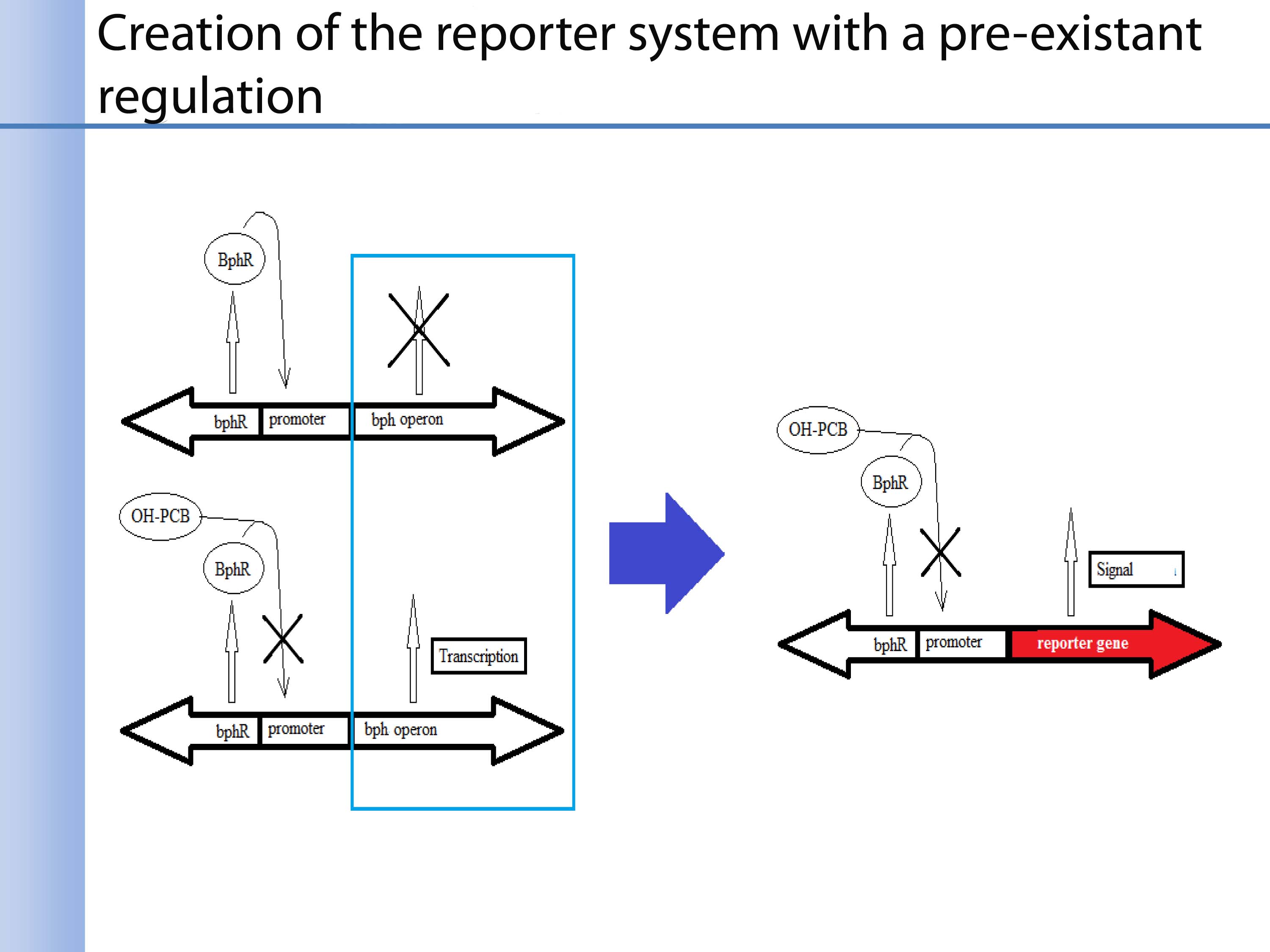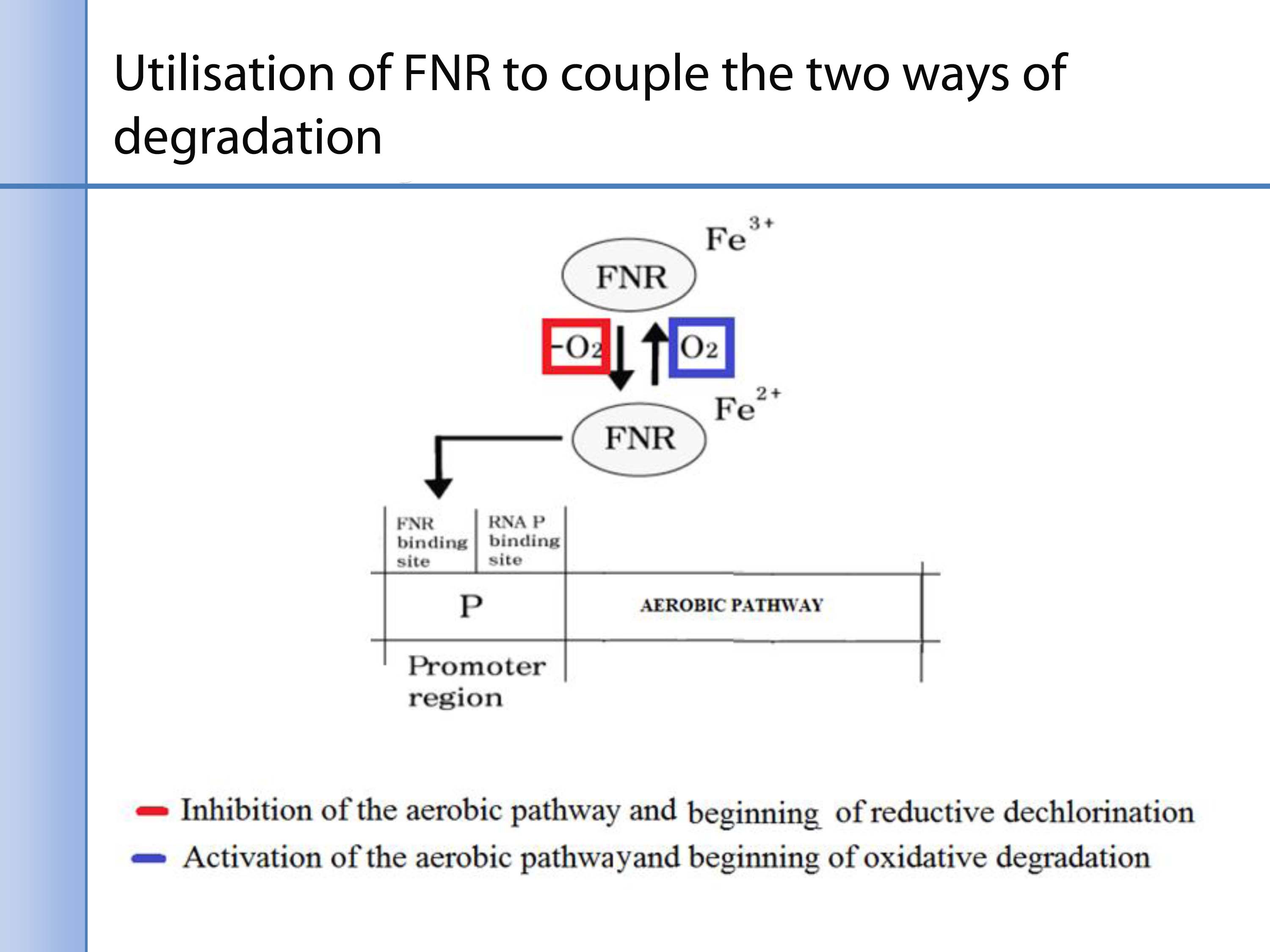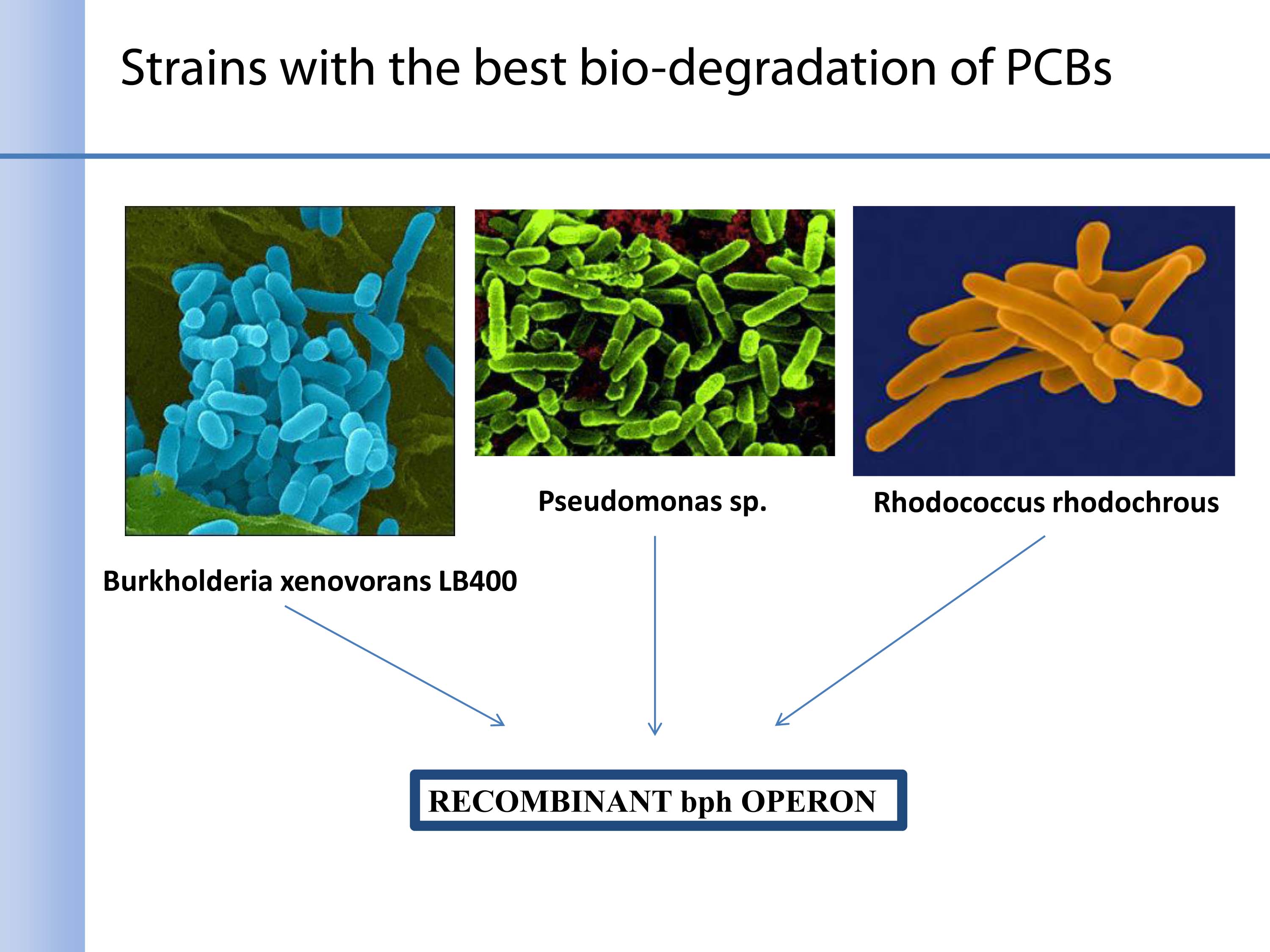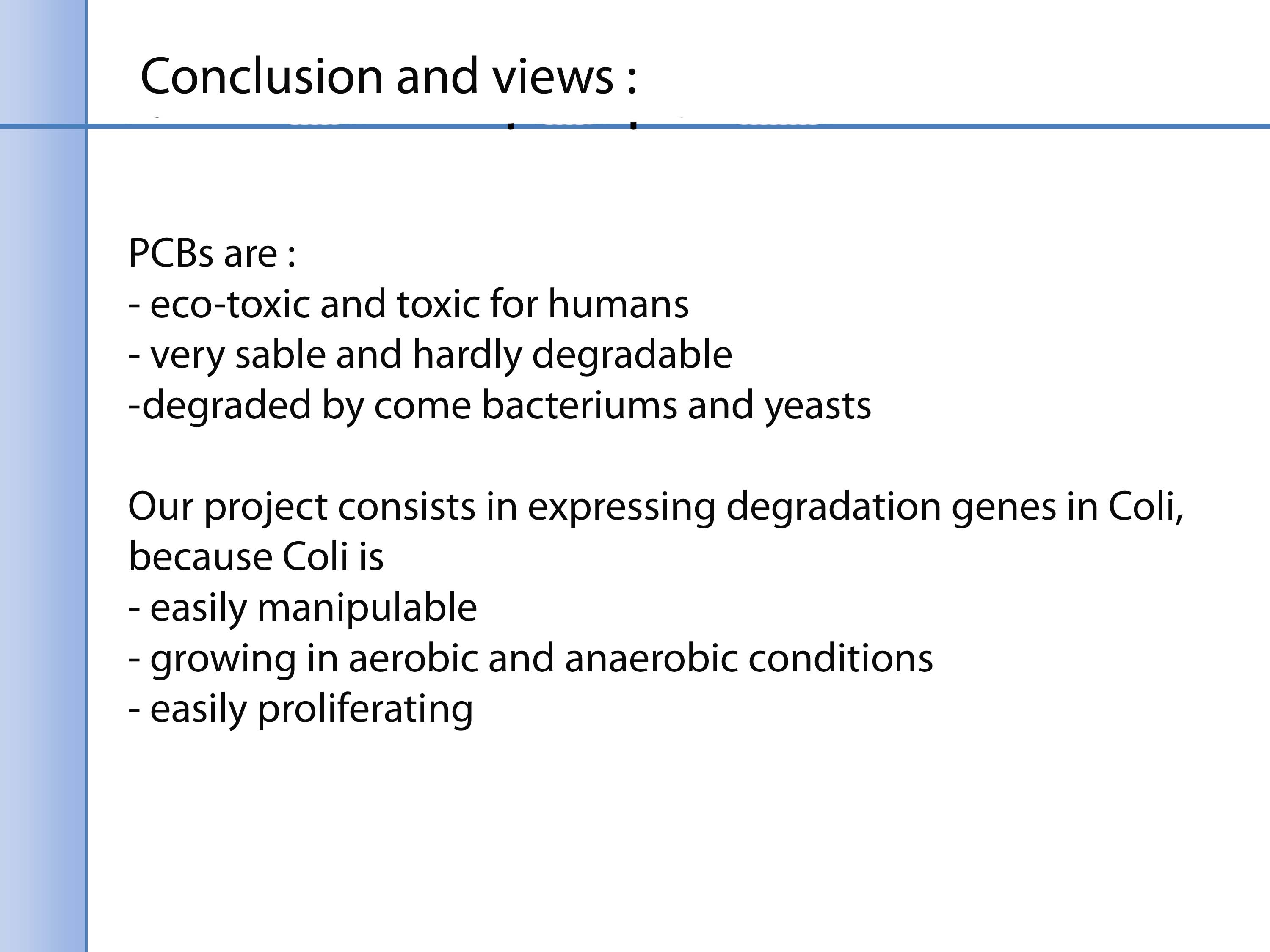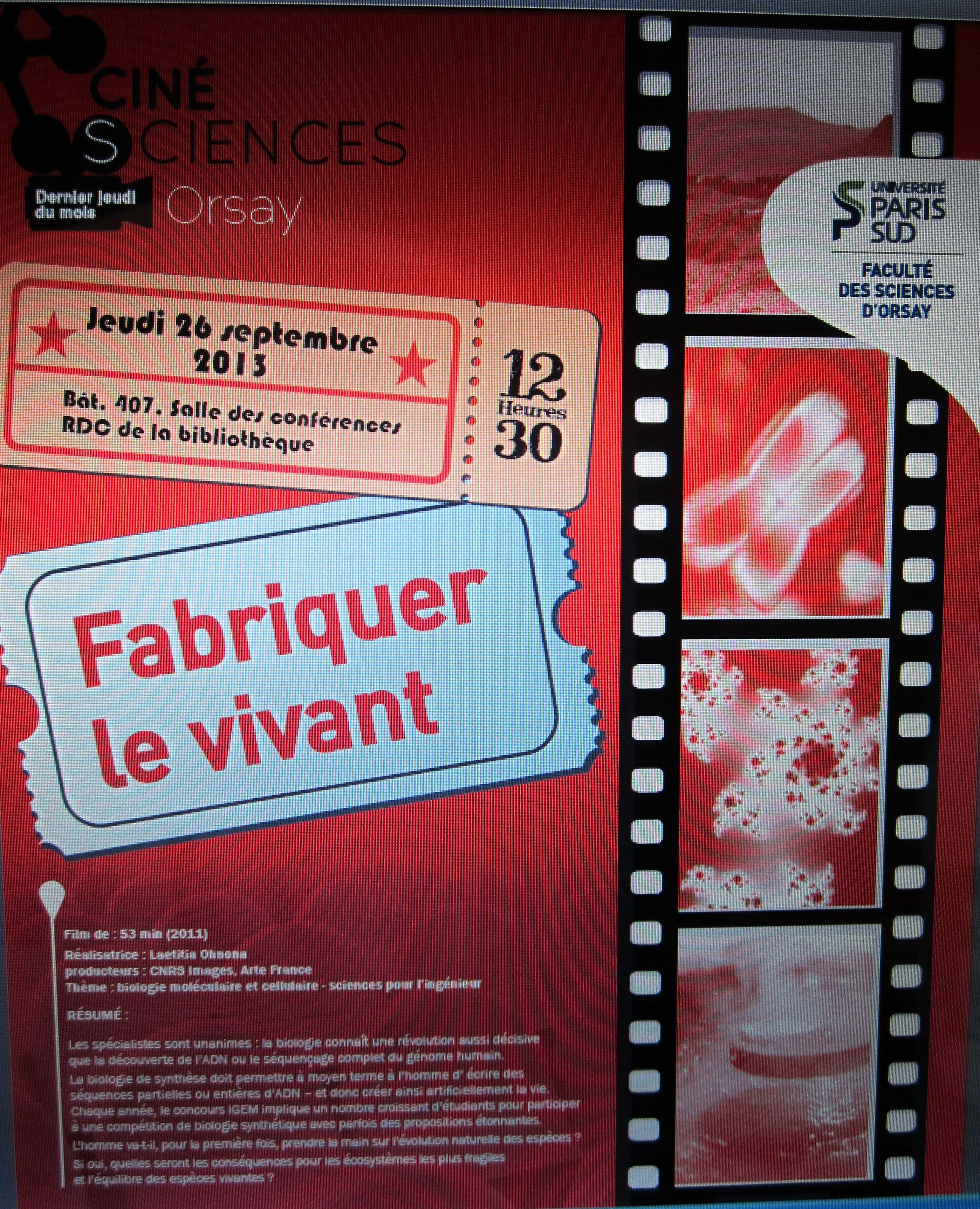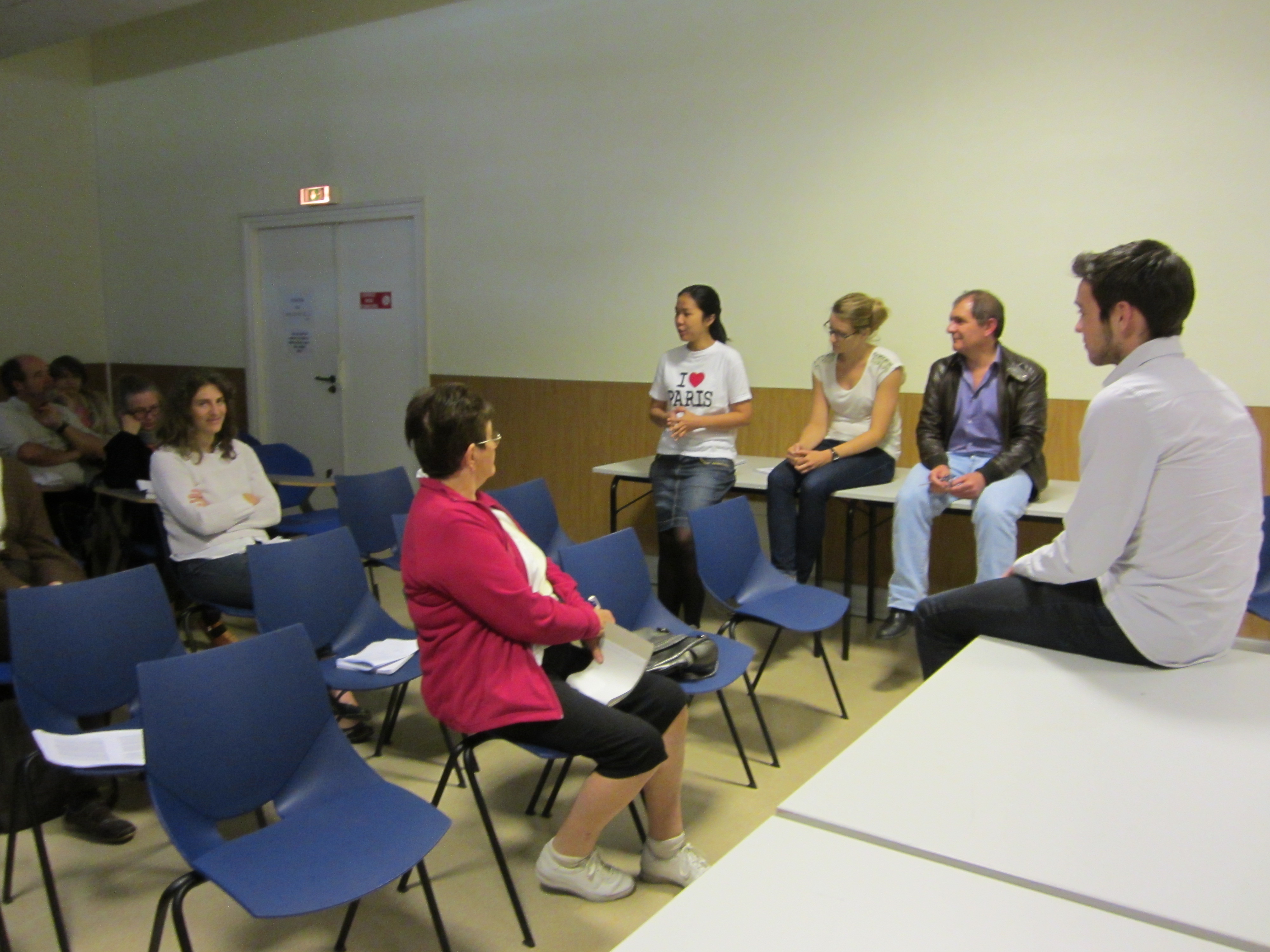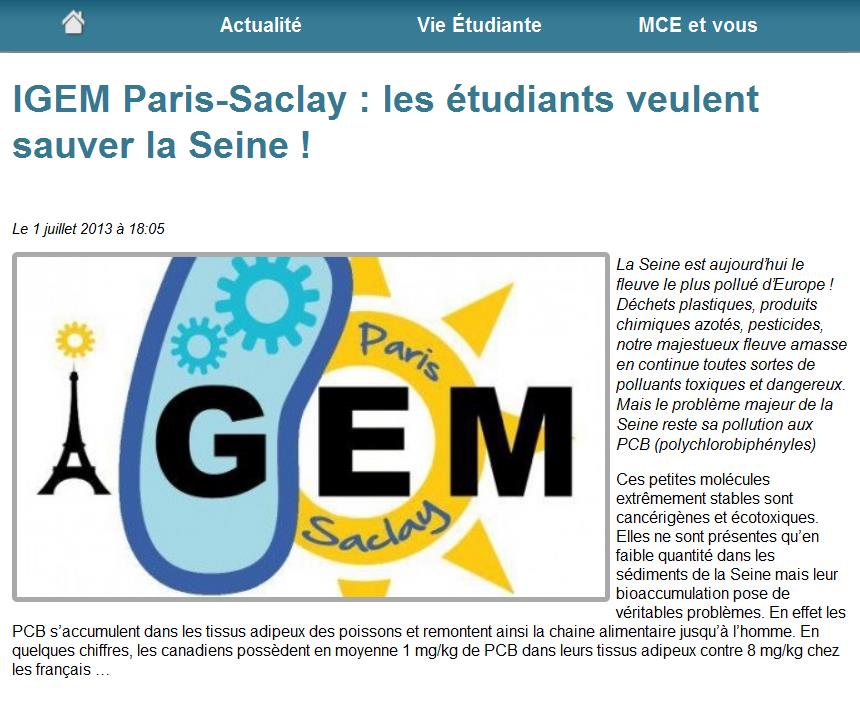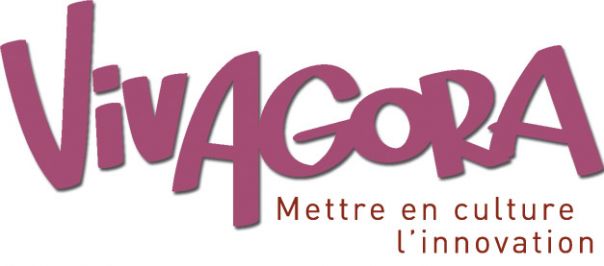Team:Paris Saclay/communication
From 2013.igem.org
(→Presentation of our project to the laboratory IGM) |
|||
| Line 3: | Line 3: | ||
{{Team:Paris_Saclay/incl_menu_navigation}} | {{Team:Paris_Saclay/incl_menu_navigation}} | ||
Human Practices | Human Practices | ||
| - | [[Team:Paris_Saclay/Human_Practices| | + | [[Team:Paris_Saclay/Human_Practices|Reflection on the project]] |
| - | [[Team:Paris_Saclay/Open_source|Open Source | + | [[Team:Paris_Saclay/Open_source|Reflection on Open Source]] |
[[Team:Paris_Saclay/communication|Outreach]] | [[Team:Paris_Saclay/communication|Outreach]] | ||
[[Team:Paris_Saclay/Team_Collaboration|Team collaboration]] | [[Team:Paris_Saclay/Team_Collaboration|Team collaboration]] | ||
Revision as of 20:31, 28 September 2013
Contents |
Communication
Presentation of our project to the laboratory IGM
The 13th of June we presented our project to the members of the Institute of Genetics and Microbiology (IGM) of Paris-Sud University. We explained the different parts of our project, the problems we had to resolve, and our ultimate aim: to find the best way to degrade PCB. We would like to thank all the groups of the IGM for welcoming us and showing interest in our project. It was a beautiful experience and a moment of sharing between students and professors passionate by science! Thanks to this presentation, we got one more advisor to help us: Claire a bio-computer scientist. We are happy to welcome her in our team!
Our powerpoint :
Intervention during the Cinesciences at the Paris-Saclay University
The 26 September 2013
The cinesciences is an association that organize lecture about cinema and science. The subject of this cinesciences of September was : synthetic biology. We were invited to present our project and to debate with the public at the end of a short movie : "Fabriquer le vivant" (made by CNRS and ARTE)
This movie show the evolution of synthetic biology since the last decades and explain the different utilisations and developments of this emerging science. It underlines several important points and interrogations about the risk, and the futur. It presents also the iGEM contest, how it works, how it was born and why. We really like this movie because it was neutral and presents facts and not subjective defenses.
After the movie, we have presented our project, and we have answered to the public questions. We debated with different people and we listened their fears and their questionning. It was very interresting. People were affraid by the DNA speading in nature, and wanted to know if it was really possible. They asked about the difference between GMO and SynBio, they wanted to know what were our own fears about this new science and what are the legislation in France.
We would like to thanks Christine Azemar to invite us to this cinéscience. It was a good and interristing esperience.
Press
We got in touch with MCETV, a popular student channel in France, and we published an article on their site: http://mcetv.fr/mon-mag-campus/0107-igem-paris-saclay-les-etudiants-veulent-sauver-la-seine about our team and our project. We would like to thank MCE for giving us the opportunity to share with others students our project and to talk about synthetic biology.
We wrote an article to the Vivagora scientific newspaper : "les nouvelles du vivant". This article will be published in October.
We wrote an article to Le point Etudiant, a famous newspaper in France : http://www.lepointetudiants.net/lemag/?p=3030. We would like to thanks Claire Deslile for helping us and publishing our article
Writing by Caroline
 "
"



